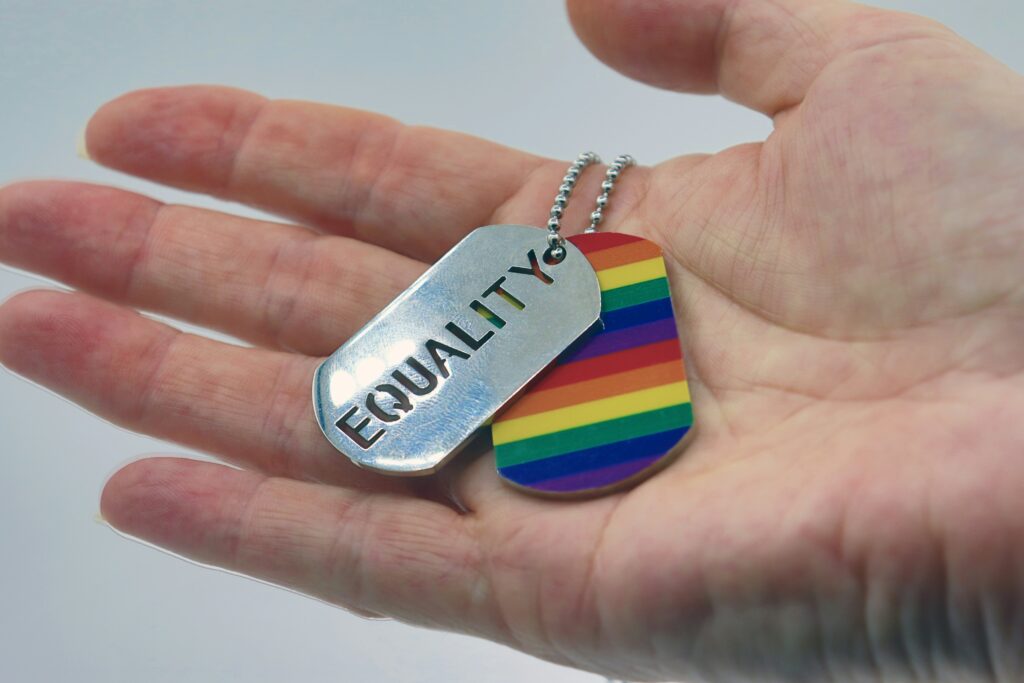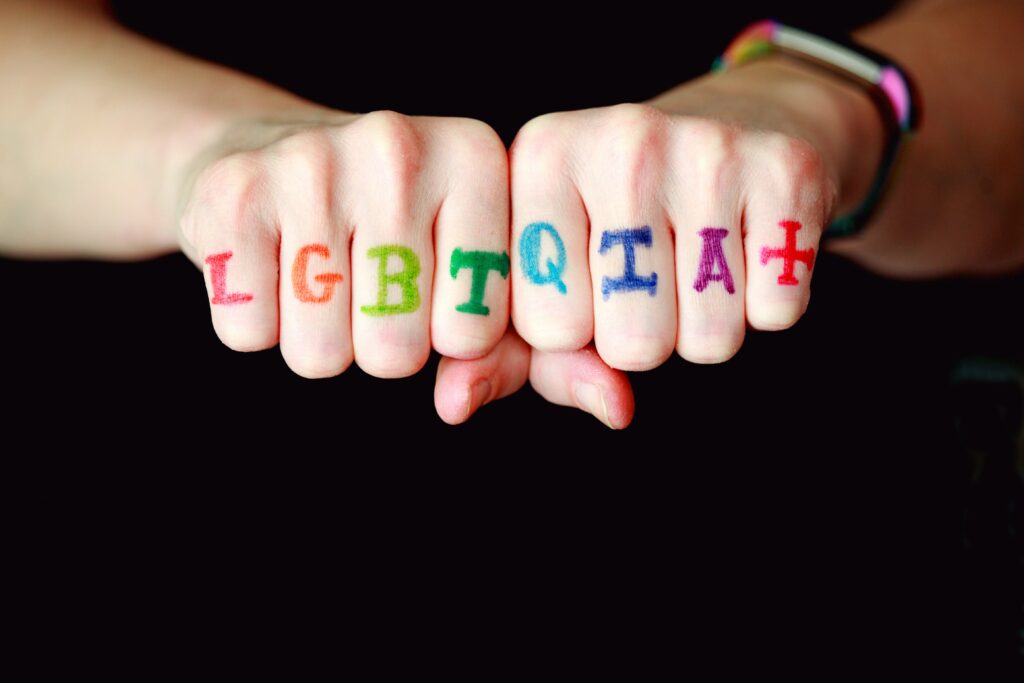A guide to foster inclusivity, respect and support!
Whether you’re in school or at work, there’s one thing that everyone strives to cultivate: an environment that’s welcoming, empowering and respectful. Did you know that using inclusive language is key for respect in the workplace and school?
Using gender-neutral language and communicating effectively helps build an inclusive, respectful and empowering environment. These elements are crucial for workplaces that value diversity and foster an environment where employees feel welcome.
We all want to be respectful and work in places where everyone feels included, regardless of their gender, sex or sexuality. However, many people are still unsure about the correct 2SLGBTQ+ terminology to use.
IGNITE has a commitment to fostering a learning environment at Humber College and the University of Guelph-Humber that celebrates diversity and inclusivity. That’s why we’ve curated a guide to help you understand the right terms, avoid outdated ones and promote inclusivity on campus and in your workplace.
Grab a pen and a piece of paper, because the information in this guide is vital for learning how to respect the differences and diversity of people.
Gender, sex and sexuality

Before we dive into the different 2SLGBTQ+ terminologies, it’s important to lay the foundations of this guide by understanding the differences between gender, sex and sexuality. These concepts aren’t black and white as many people think.
Let’s start with gender. We have to break it down into two different aspects: gender identity and gender expression. Gender identity is how you personally identify your gender; this can include identities like female, male, non-binary, two-spirit and more. On the other hand – or maybe not – gender expression is how you present your gender to others through your appearance, behaviours, clothing and other signs. It’s important to note the “Or maybe not” part because gender expression doesn’t have to align with gender identity and can change over time.
In contrast to gender, sex is linked with our bodies. When people are born, they’re assigned a sex based on physical traits like genitals and hormone levels. While your biological sex is an immutable characteristic, it’s important to know that you don’t have to identify that way. If you’re happy with the sex you were given at birth, you’re cisgender. If you no longer identify with it, you’re transgender.
Finally, sexuality is about attraction, whether that’s sexually, emotionally, intellectually or romantically. Sexuality is often seen as a spectrum because people can be attracted to different genders. For example, gays and lesbians are attracted to the same gender, bisexuals and pansexuals are attracted to multiple genders and some people don’t use a specific label as they are still exploring their sexuality.
Outdated terms you should NOT use

Throughout history, the 2SLGBTQ+ community has faced unique challenges and discrimination, often being referred to with derogatory terms. Many of these terms are outdated and offensive because due to their harmful history. A good practice is to update your vocabulary and replace the following terms:
- Use “gay” or “lesbian” instead of “homosexual.” The word “homosexual” has a clinical history and is often used by anti-gay extremists to suggest that gay people are diseased.
- Use “sexual orientation” instead of “sexual preference.” The term “sexual preference” is derogatory and implies that sexuality is a choice that can be “cured.”
- Use “transgender” instead of “transsexual.” “Transgender” is a broader, more inclusive term.
- Use “personal pronouns” instead of “preferred gender pronouns.”
- Use “openly gay/lesbian/bisexual” instead of “admitted homosexual.” The word “admitted” suggests that being gay is somehow shameful.
As language continues to evolve, it’s always important to ask people how they want to be referred to. Never assume how you should address someone.
Use gender-inclusive language

Assuming everyone identifies as male or female and using binary language is outdated. Phrases like “ladies and gentlemen” or “maternity and paternity leave” don’t help create an inclusive and respectful environment in schools or workplaces, making members of the 2SLGBTQ+ community feel excluded.
This guide offers a solution: use gender-inclusive language, focusing on people rather than genders.
Instead of saying “ladies and gentlemen,” try “colleagues” or “team.” Swap “maternity and paternity leave” for “parental leave.” We all love doing some corporate talk. When chatting with coworkers, instead of asking about their husbands or wives – which assumes that everyone in the office is heterosexual – say “partner” or “spouse.” For job titles, use terms like “salesperson” instead of “salesman” or “server” instead of “waitress.” This may sound silly, but these small changes make a big difference in fostering inclusivity.
And don’t forget, never assume how to address someone. Always ask for their personal pronouns! Some may use “he/him,” “she/her,” or “they/them.” Respect always comes first!

We hope this guide helps you create a more welcoming environment at work, among your family and friends and on campus. These are just a few of the many ways you can support the 2SLGBTQ+ community.
IGNITE understands the unique challenges faced by this community, especially financial hurdles. To support the 2SLGBTQ+ community and promote a discrimination-free learning environment, IGNITE awards five students annually with the $1000 Pride Scholarship.
Applications are open until July 3, don’t miss out!
IGNITE also recently launched a new 2SLGBTQ+ resource page on our website, where students can learn more about the various resources available on and off campus. Our goal is to ensure that 2SLGBTQ+ students feel seen, heard and valued in all aspects of campus life!
Happy Pride!
Feature image courtesy of Alexander Grey via Unsplash.
Do you want to learn more about the 2SLGBTQ+ community? Check out four books from Humber Library focused on 2SLGBTQ+!
Follow us on Facebook, Instagram and TikTok for all things student life.
